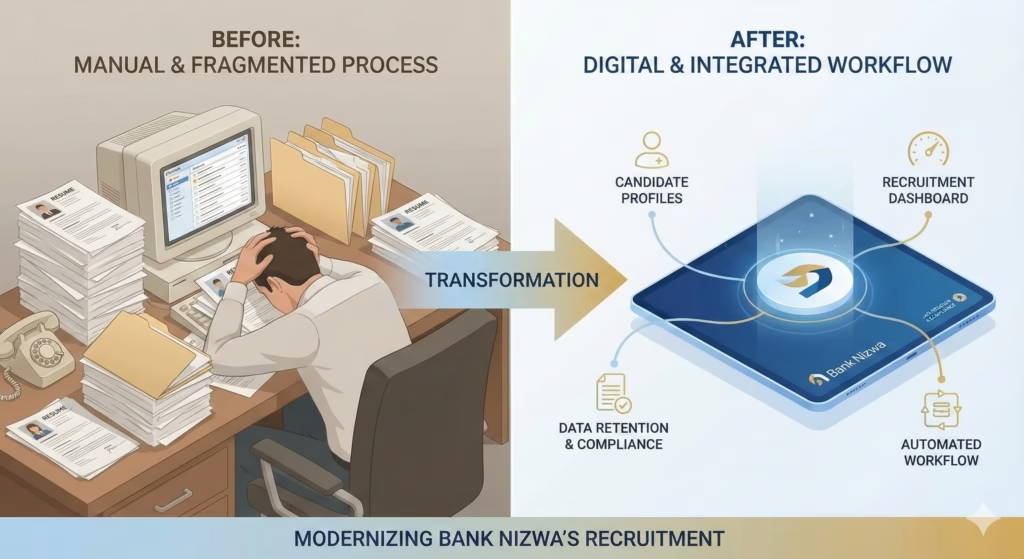In the fast-changing world of business technology, speed and flexibility have become crucial. Companies can no longer afford months of development just to connect two systems or automate a process. That’s where low-code and no-code ERP integrations are transforming the game — giving businesses the power to automate workflows, sync data, and improve efficiency without deep technical skills or coding knowledge.
The Growing Demand for Simplicity
For years, integrating systems like ERP, CRM, and e-commerce platforms was a complex task. Businesses had to rely heavily on IT teams or external vendors for every small change. This not only slowed down innovation but also increased costs.
As companies move toward digital-first operations, they need solutions that are quick to deploy, easy to maintain, and flexible enough to scale. Low-code and no-code platforms make that possible — they bring simplicity to complex integrations.
What Are Low-Code and No-Code Integrations?
In simple terms:
Low-code platforms let users build integrations using minimal coding, usually through a visual interface.
No-code platforms go one step further — they allow automation through drag-and-drop workflows and ready-made connectors.
This means a business manager or operations head can set up automation between an ERP system and an e-commerce site without waiting weeks for developer support.
ERP Integrations: The Real Use Case
ERP systems like SAP, Oracle, or Microsoft Dynamics are the backbone of business operations — handling everything from finance and procurement to inventory and HR. But these systems rarely work in isolation.
A no-code ERP connector allows them to communicate seamlessly with other tools like CRMs, online stores, or supplier platforms.
For example:
When a customer places an order online, it automatically reflects in the ERP.
Inventory updates happen instantly.
Invoices and shipping details are generated without manual input.
This kind of smooth synchronization not only reduces errors but also saves hours of manual work every day.
The Impact on Business Operations
The rise of low-code and no-code ERP integration has created a real shift in how businesses operate:
Faster implementation: No more months of setup — integrations can go live in days.
Lower IT dependency: Non-technical users can manage processes on their own.
Better collaboration: Teams work from unified data across all systems.
Fewer errors: Automated data flow means fewer manual mistakes.
Scalable growth: As the business expands, new integrations can be added quickly.
In short, businesses can move from slow, reactive operations to agile, proactive systems.
Why 2025 Is the Year of No-Code ERP
With automation becoming the backbone of competitiveness, 2025 is shaping up to be the year when no-code ERP integrations go mainstream. Companies are looking for flexibility — a way to customize, connect, and automate without depending on expensive IT projects.
Solutions like Procure Smart and SAP ERP Connectors are already proving how easy, fast, and reliable such integrations can be. They help companies save time, cut costs, and focus on growth rather than repetitive tasks.
Final Thoughts
The rise of low-code and no-code ERP integrations isn’t just a tech trend — it’s a business revolution.
It empowers every team to work smarter, not harder. It breaks down the walls between departments. And most importantly, it ensures that technology works for the business, not the other way around.
In the coming years, businesses that adopt these tools early will stand out as faster, more efficient, and more innovative — setting new standards for what modern operations should look like.





